Hit songwriter Steven Solomon turns to vintage guitars for inspiration
Steven Solomon has worked with James Arthur and Backstreet Boys and has an “unhealthy addiction” to old guitars. We head to Studio City to pay him a visit.

Steven Solomon. Image: Eleanor Jane
Texan guitarist Steven Solomon was a “gun for hire” in his late teens and early 20s but striking up a friendship with successful songwriter and producer David Hodges (Evanescence, Kelly Clarkson, Carrie Underwood) would prove pivotal. With encouragement from Hodges, Solomon moved to Los Angeles and in 2011 signed his first publishing deal. Five years later, Solomon realised he had a bona fide smash-hit on his hands when a song he’d written in just four hours with English pop singer James Arthur reached number one on the UK singles chart.
In addition to selling nearly three million copies, Say You Won’t Let Go has racked up a remarkable 1.3 billion YouTube views to date. But it all began with the guitar, which Solomon gravitated towards as a teenager because it provided a way to give shape and structure to the melodies floating around in his brain. When we visit his LA studio to find out more, it quickly becomes clear that Steven has a bit of a thing for ES-335s.
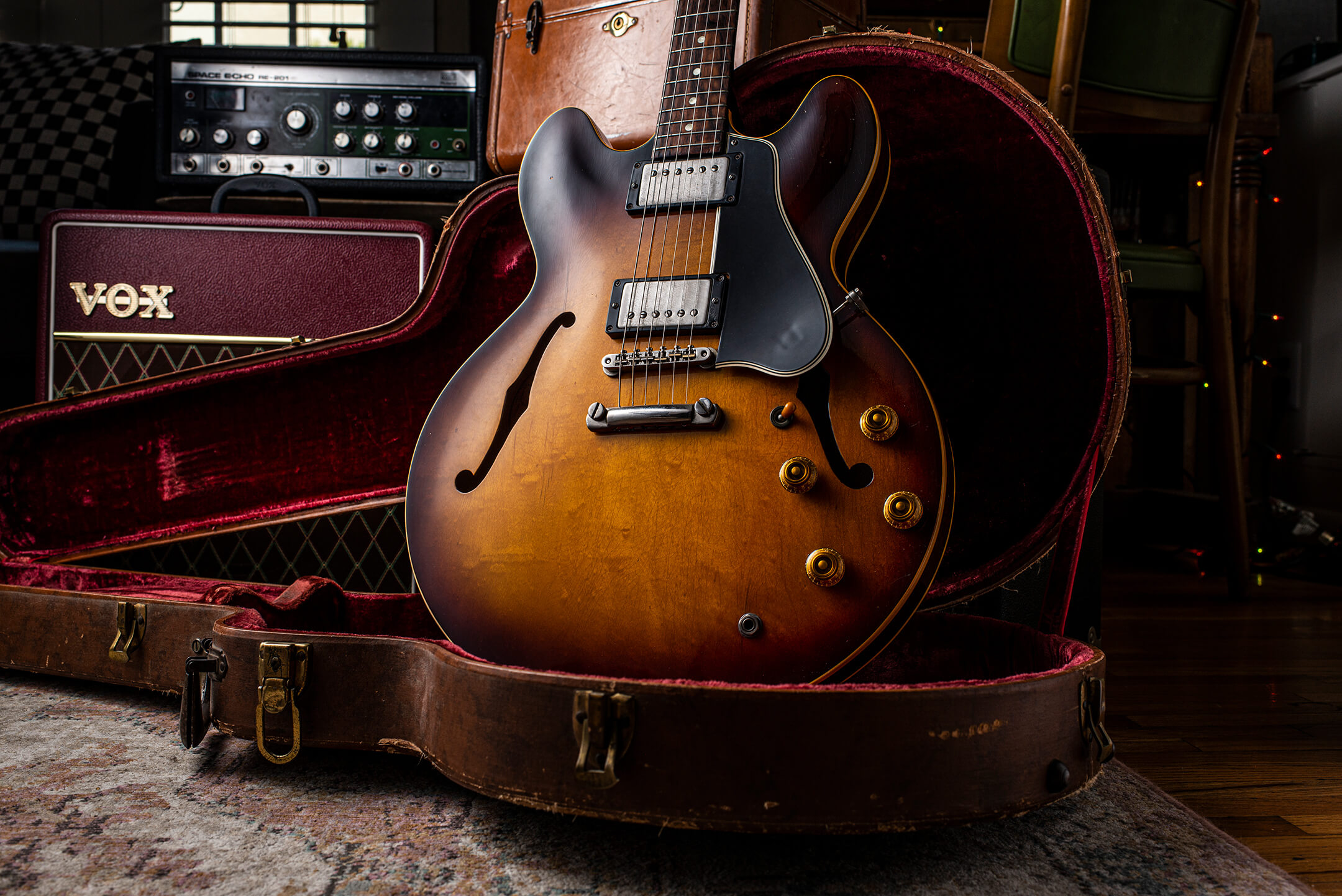
“I started playing guitar when I was a kid,” he remembers. “My dad was a musician and I was around music all the time and I loved it. I wanted to write songs, and the guitar really was just a means to get the musical parts out of my head and have chords to put with them. But even before I learned to play, when I would see a musician or an album cover or something and somebody had a 335, I felt like I could always hear the sound of that guitar in my head, even though I didn’t really know what that meant.”
Solomon’s six-string journey began on his father’s guitar but he soon saved up for his own – a mid-60s Guild T-100D. Not a bad starter guitar for a teenager. “At the time I don’t think I even realised how cool it was to have a guitar like that as your first guitar,” he laughs. “But it really sent me down the path of all this hollowbody stuff. I played that guitar for a few years and it probably wasn’t until I was in my 20s that I got a 335.”
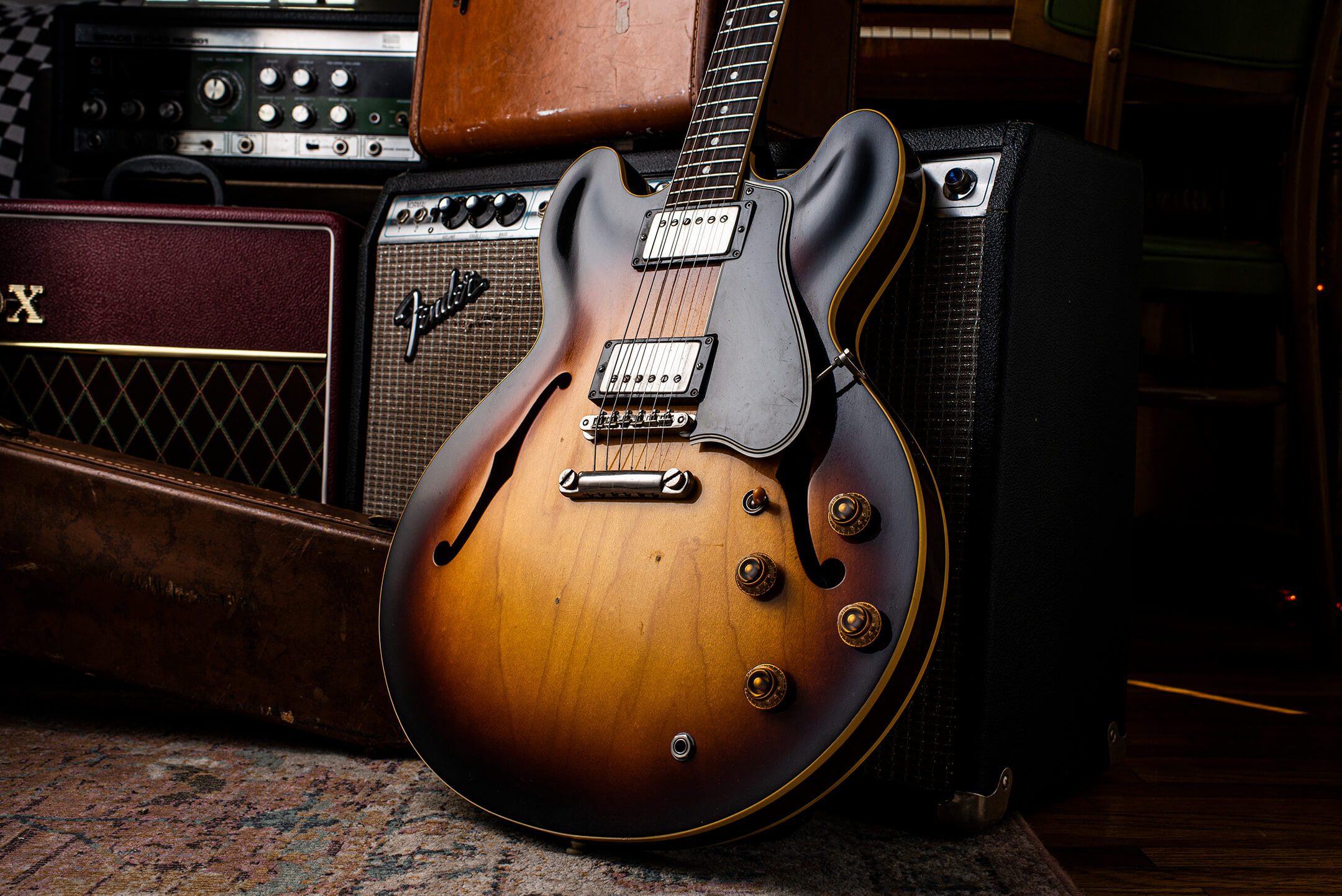
So what is it about Gibson’s iconic thinline semi that Solomon finds so appealing? “I really feel like if I had one great 335, I could do anything with it,” he says. “I could probably play any gig, I could do any style – it would serve all of it. When the neck pickup is not too dark it’ll do this almost tone-rolled-off Tele sort of thing, and when you have a 335 with PAFs, they are a little more chimey, a little more airy, a little more open.
“You get a lot more sound out of that pickup than you would a more modern humbucker. The middle position, to me that’s the magic. It’s almost a little bit out of phase but not really, and it can be spanky, a little quacky… when you get a good one, it’s a super-versatile instrument.”

To Bigsby or not to Bigsby
What’s better than one great ES-335? Eight or nine of them. Solomon certainly finds enough variation among the models he owns to justify having a variety of configurations. “Even if they don’t sound that drastically different, there’s still a different inspiration,” he argues.
“It’s like when you pick up the ’61 and it’s really worn, you just kinda want to hit that guitar and play harder because you know it’s already been played that way. And then you pick one up from the same year that’s cleaner and you want to be a little nicer with what you play on it. And that matters a tonne when you are writing songs with artists and trying to create.”
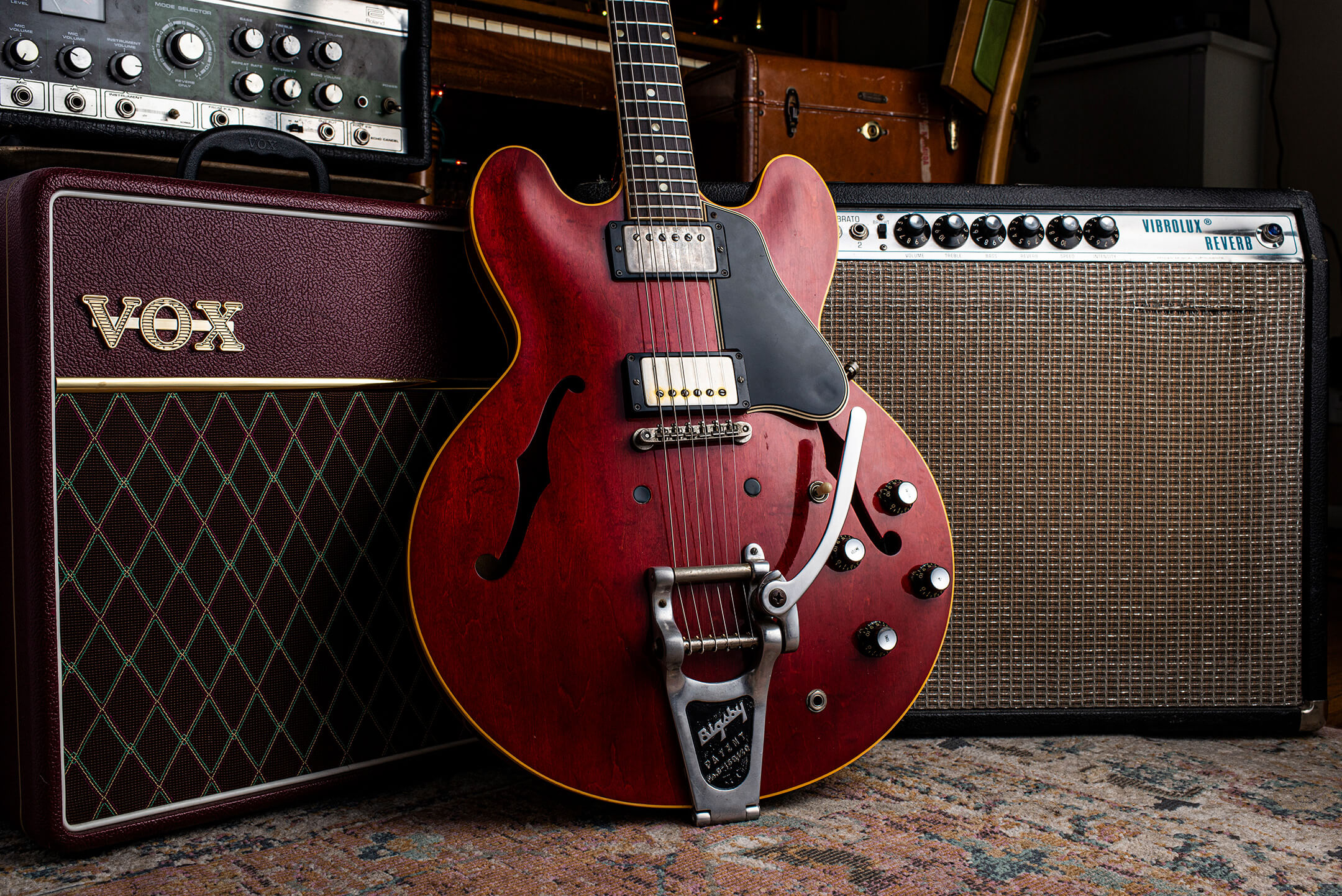
His 1959 model, for example, features the best-sounding bridge pickup of any guitar he has ever owned. “It’s a monster,” he grins. “It’s insane sounding. Really big, cuts in just the right way but it’s not harsh. Any of the descriptors you would use to describe what a PAF should be, that’s that pickup. The neck pickup is not bad-sounding, but it’s a little murky. When I got it, it had a Bigsby on it. It just sounds so much better with a hardtail. It’s kind of crazy how much better it sounds, it’s so much punchier.”
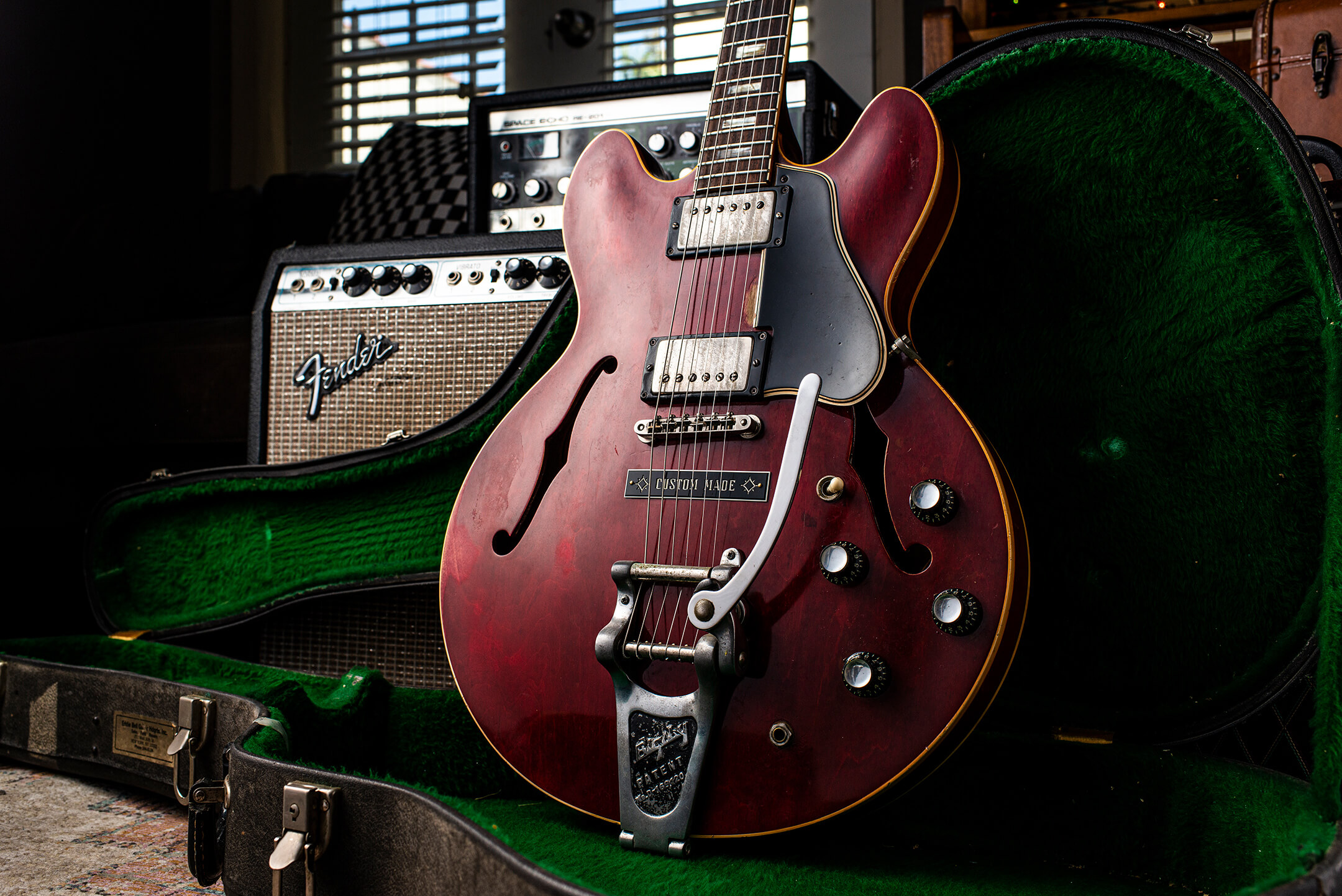
Nevertheless, he doesn’t believe that all ES-335s sound best with a stop tailpiece. “It’s interesting,” he says. “Any time I’ve got a 335 with a Bigsby that has studs, I always put a stoptail on it just to see what the sound difference is. I had a ’61 345 for a while, and it had a factory Bigsby. I put a stoptail on it and actually did not like the sound at all. It’s one of the few that’s happened with.
“I had a ’64 for a while that didn’t have the studs, but the neck angle was a little deeper so the bridge height was a little higher. There was more tension over the bridge, and that guitar sounded every bit as big and punchy as the stoptail. So part of me wonders if it’s more about the break angle over the bridge than it is the Bigsby.”
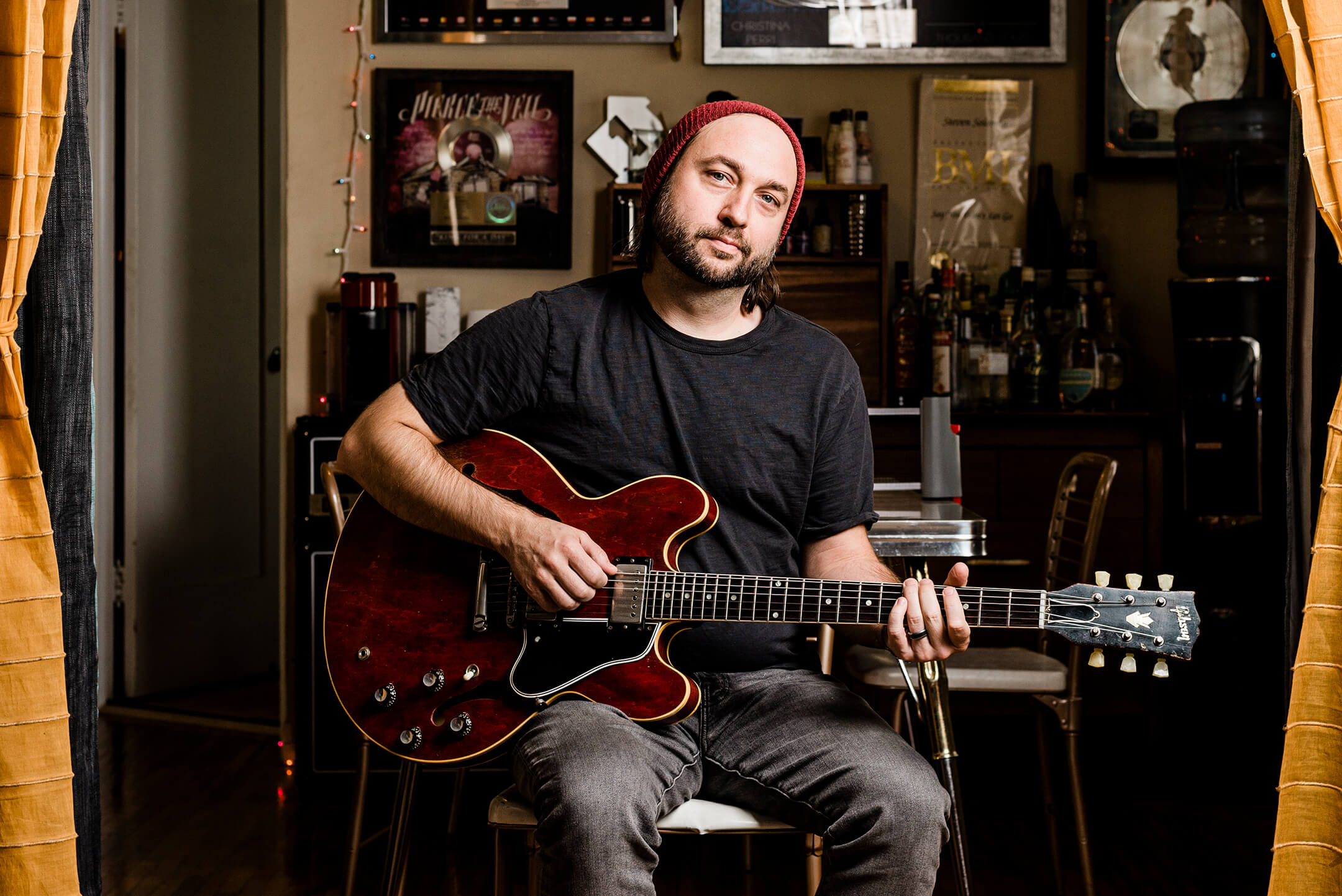
In the room
Though Solomon’s roots are in rock music, these days he finds himself working primarily with pop artists – usually as a co-writer, collaborating in person. His go-to amp is an early 1970s Vibrolux Reverb, which he integrates into his setup via a Universal Audio Ox.
“The crazy thing is, I’ve finally got to the point in my career where I can afford some of these things but I don’t really get to use them the way they are supposed to be used,” he says. “But all that said, it’s a big part of the reason that I got the Universal Audio Ox. Most guys on pop records these days are just plugging in DI and using some kind of amp processing, and to be honest it sounds fine, but it’s nice to have at least another level of the real amp and the ‘real thing’ – even if it is going through the Ox.
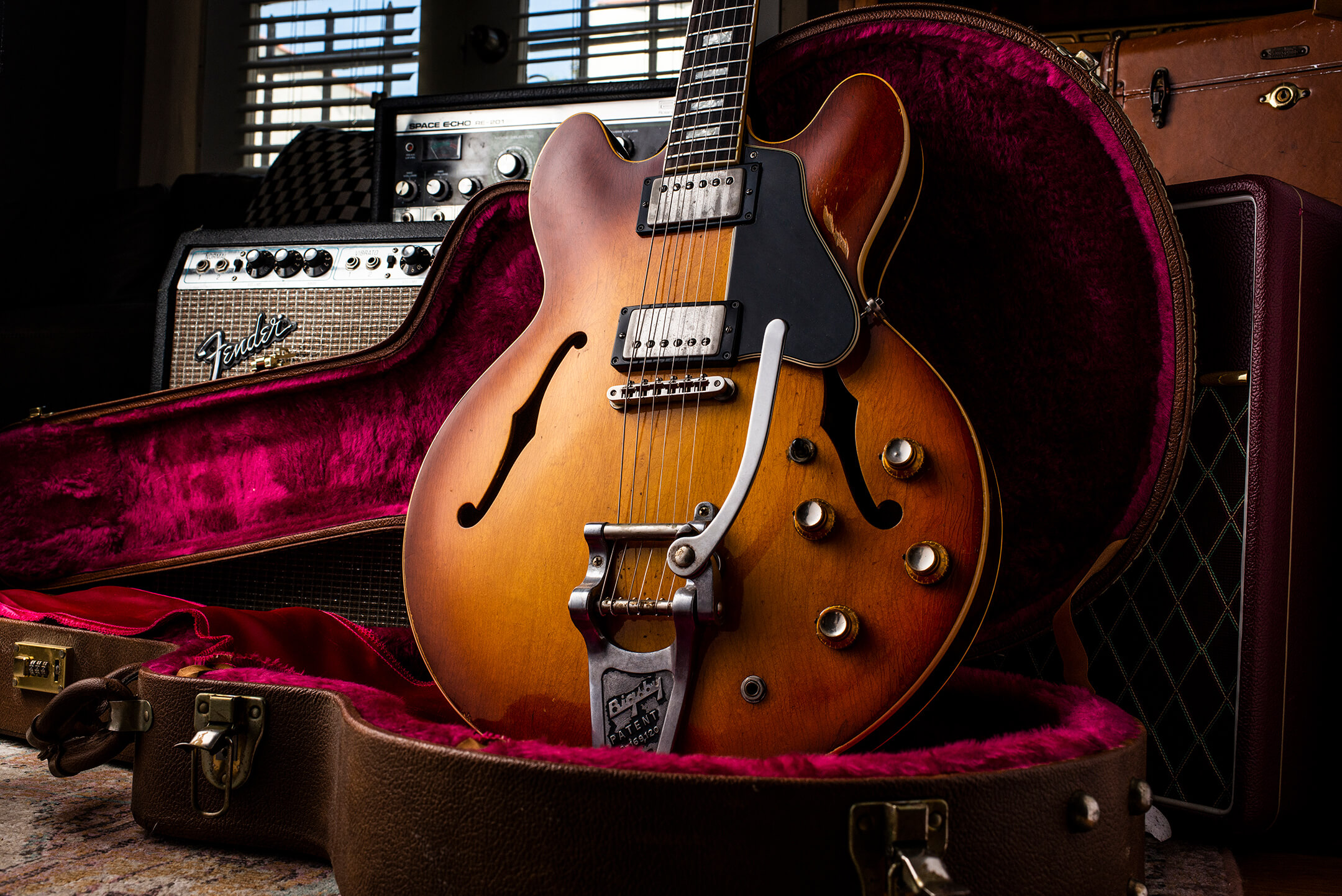
“But, truthfully, I love the Ox. The speaker modelling sounds great, it’s a great piece of gear. In a space like this I’m never going to be able to turn an amp up loud enough, especially to get room tones and that kind of thing. And the room sounds in that thing are so good. It’s nice to explore getting just one cool sound that’s big and roomy and make that the feature of the song, instead of just stacking a shitload of guitars on top of each other.”
Solomon says that bringing an organic element to the table helps him to stand out. “Anybody can make a great-sounding pop record now because you have a laptop and you just pull sounds off of [Cloud-based music creation platform] Splice and you put it together,” he says. “Really it’s more about being creative and knowing how to put those pieces together. It’s not about having to know how to make great sounds.
“They get a feature sound – whether it’s a keyboard or a guitar or whatever – and they build all the other things around it. And that’s what’s nice about my setup. Being a gearhead means that what I’m doing is different to what everyone else who is making those kinds of records is doing. I’m glad I’m able to incorporate this stuff – to me it makes it more interesting and special.”
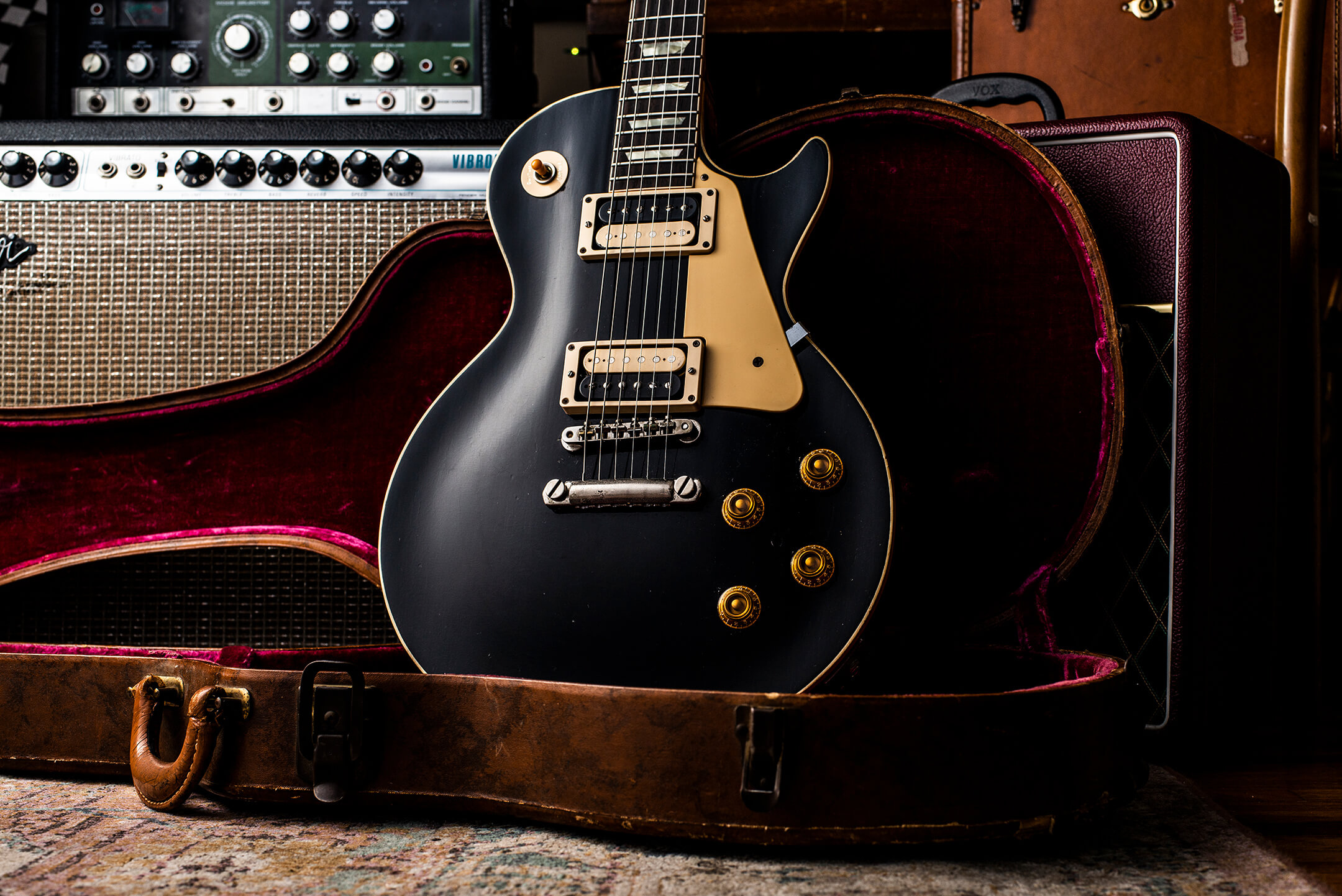
Writer’s club
One characteristic of modern pop music is how much mileage songwriters and artists manage to get from relatively simple chord progressions. But that doesn’t necessarily mean there’s a guaranteed formula for a hit record. For Steven, the writing process usually begins with a four-bar loop.
“Generally, I’ll pull the guitar out, I’ll literally play a four-bar loop of a chord progression and then we just sit there and write songs over that, and often we don’t even change the chords,” he says. “You might think it’s a bit boring but to me, what I find makes it special is that it makes you write the song better.
“The actual bones of melody and lyrics have to be interesting, because they are just being put over a generic four-chord progression that’s being looped for two and a half minutes. Later you can go, ‘Ok cool, maybe we do need another chord now,’ or ‘Maybe we need to add some of that extra candy’.”
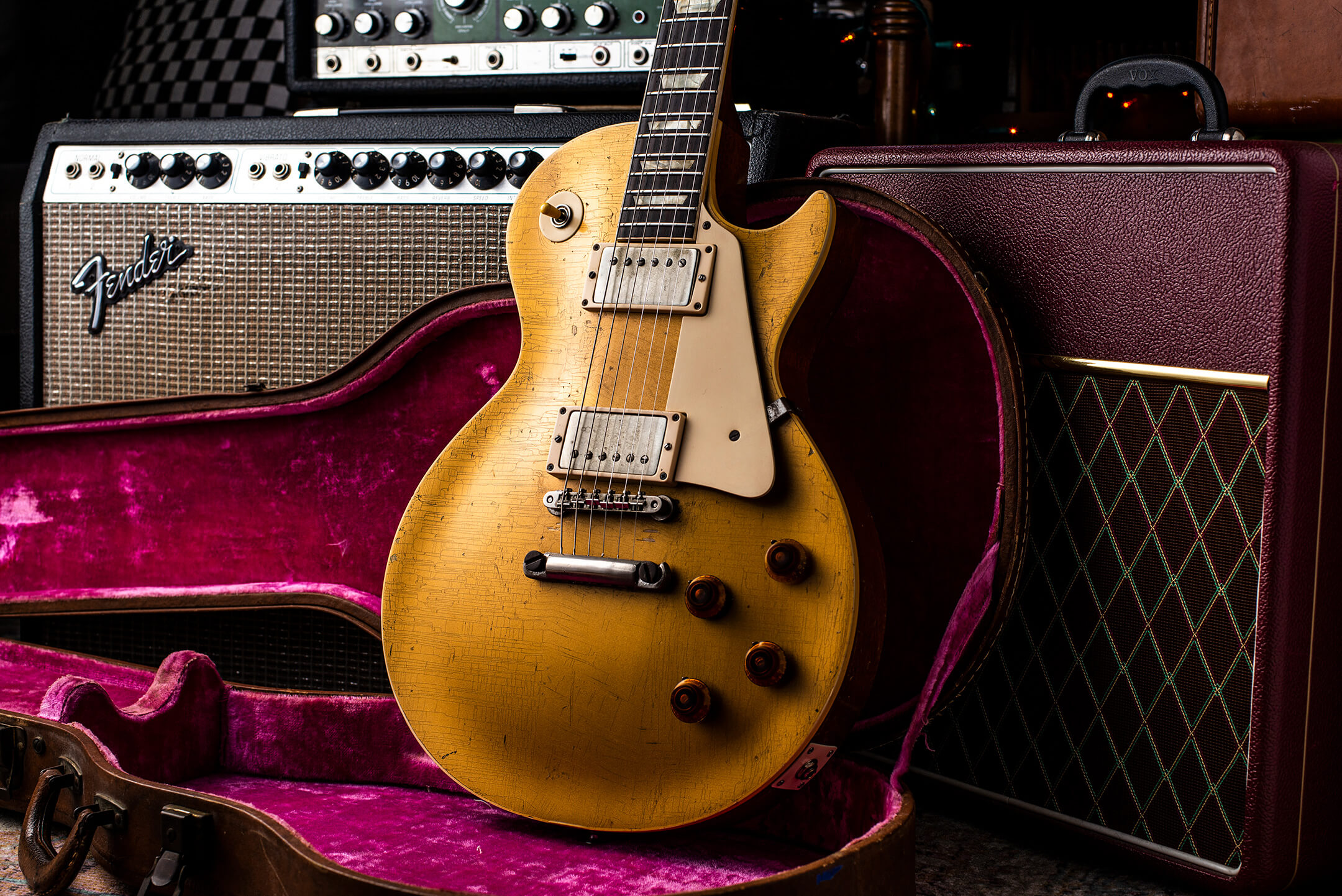
Solomon admits that his teenage self might have scoffed at such methods but he now understands the craft behind mainstream pop songwriting. “I think at 16 I would have been like, ‘That’s so boring’,” he says. “But I can see a different side of it now, and the artistry that goes into it is just a different thing.
“It can get monotonous and it can get boring but it’s my job to make sure that doesn’t happen. At the end of the day, I want to play guitars and I want guitars to be cool and I want people to hear the guitars, but it doesn’t actually matter at all. What matters is that people remember that lyric, remember that melody – that’s the piece they take away.”
Shortly before we head off into rush-hour traffic, our conversation turns to which classic songs Solomon would most like to have been involved in writing. In hindsight, the playlist that’s been emanating from his studio monitors all afternoon was a dead giveaway.
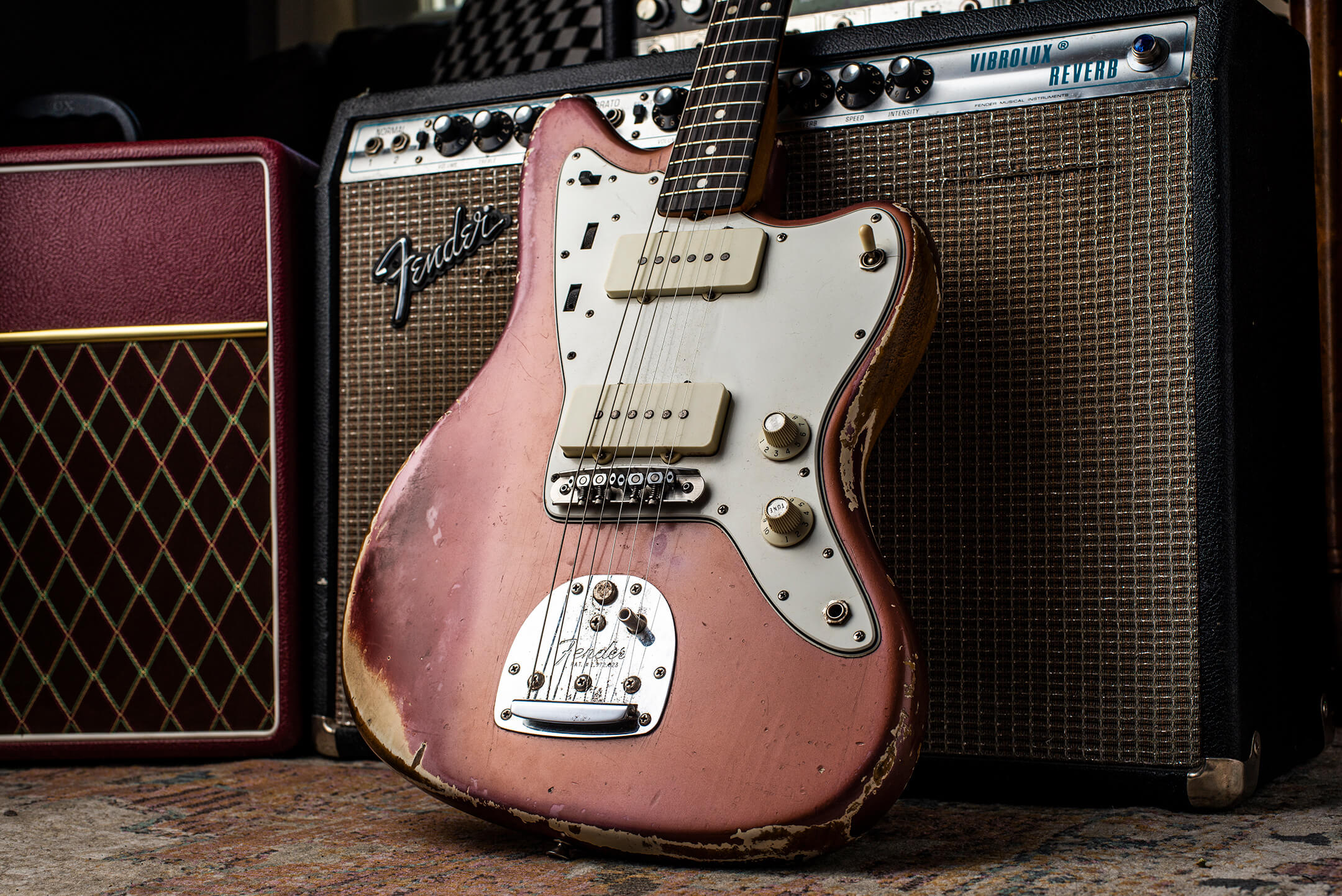
“I am such a huge Petty fan,” he enthuses. “It would have to be the Wildflowers album in general but specifically You Don’t Know How It Feels and Honey Bee. The lyric and simplicity of You Don’t Know How It Feels is so relatable. I think that song is really special. And that opening guitar riff on Honey Bee… it’s so dirty and badass!
“The snare fill in the intro when the drums come in gets me every time. I can’t even imagine the feeling in the room the first time Mike Campbell played that riff and then the first time that snare fill happened. Again, so simple: the arrangement, the storytelling, and what an undeniable swagger.”
Follow Steven Solomon on Instagram @stvnsolomon.
